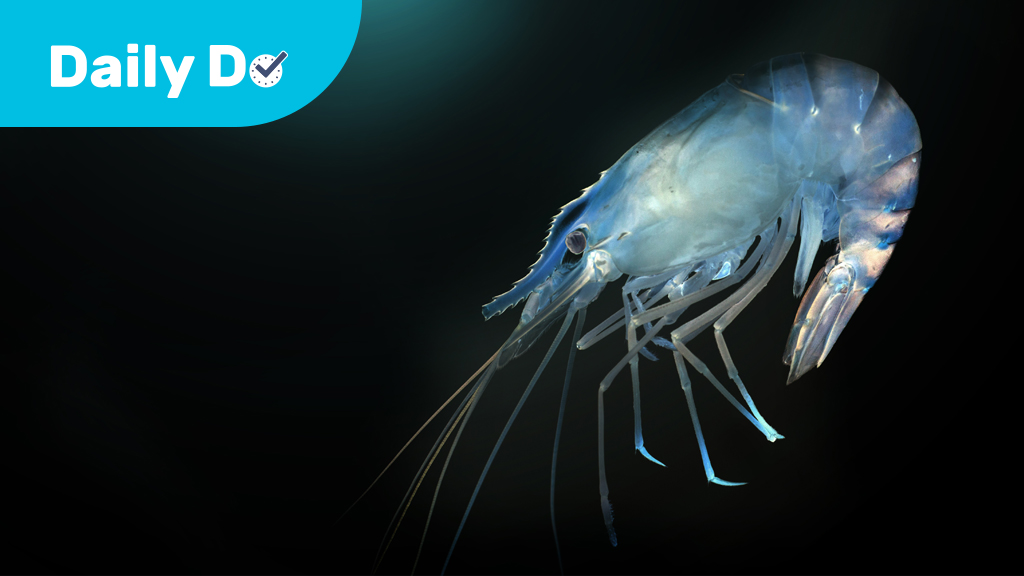STEM, Standards, and Strategies for High-Quality Units
Download and read a sample chapter from this book to learn more.
Do you, your school, or your school district want to align your science curriculum with state standards while meeting the growing demand for STEM instruction? If so, this is the book for you. It’s a guide to creating coherent, high-quality classroom materials that make standards and STEM work together in ways that are both effective for learning and practical for teaching.
Download and read a sample chapter from this book to learn more.
Do you, your school, or your school district want to align your science curriculum with state standards while meeting the growing demand for STEM instruction? If so, this is the book for you. It’s a guide to creating coherent, high-quality classroom materials that make standards and STEM work together in ways that are both effective for learning and practical for teaching.






